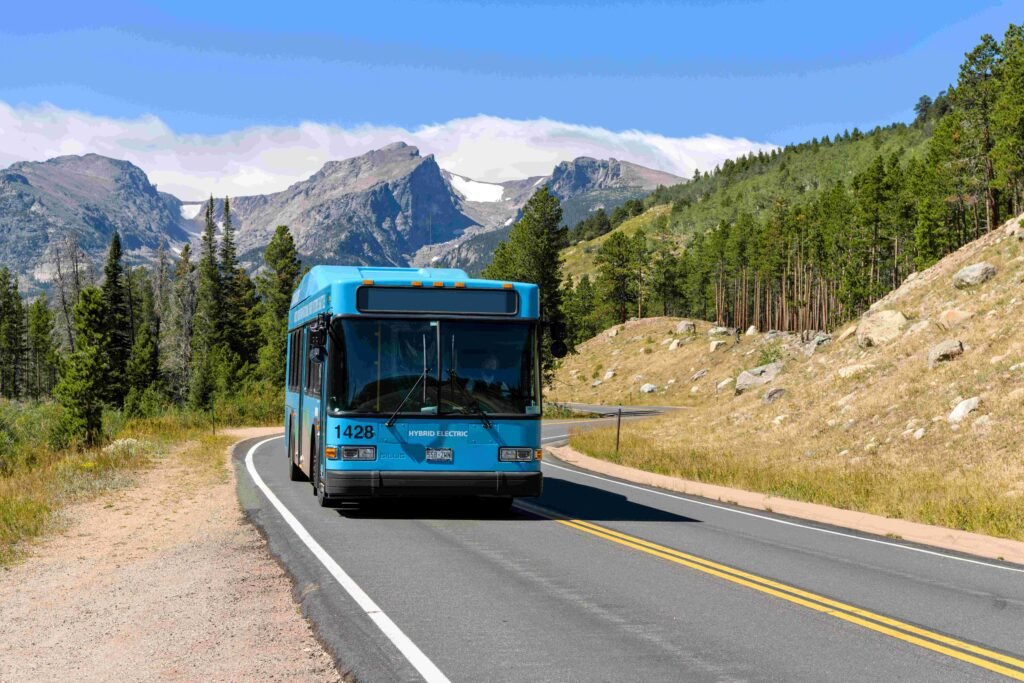Picture this: you’re standing at the rim of a breathtaking canyon, camera in hand, without a care in the world about where you left your rental car or whether you’ll find parking. The freedom to explore America’s most treasured landscapes without the stress of traffic jams and crowded parking lots isn’t just a dream anymore. It’s becoming a reality at an increasing number of national parks.
Studies suggest these services have resulted in reductions in vehicles entering several national parks. As more visitors flock to our natural treasures, innovative shuttle systems are transforming how we experience these sacred spaces.
Let me take you on a journey through nine national parks where car-free exploration isn’t just possible but actually preferred.
Zion National Park: The Pioneer of Park Transportation
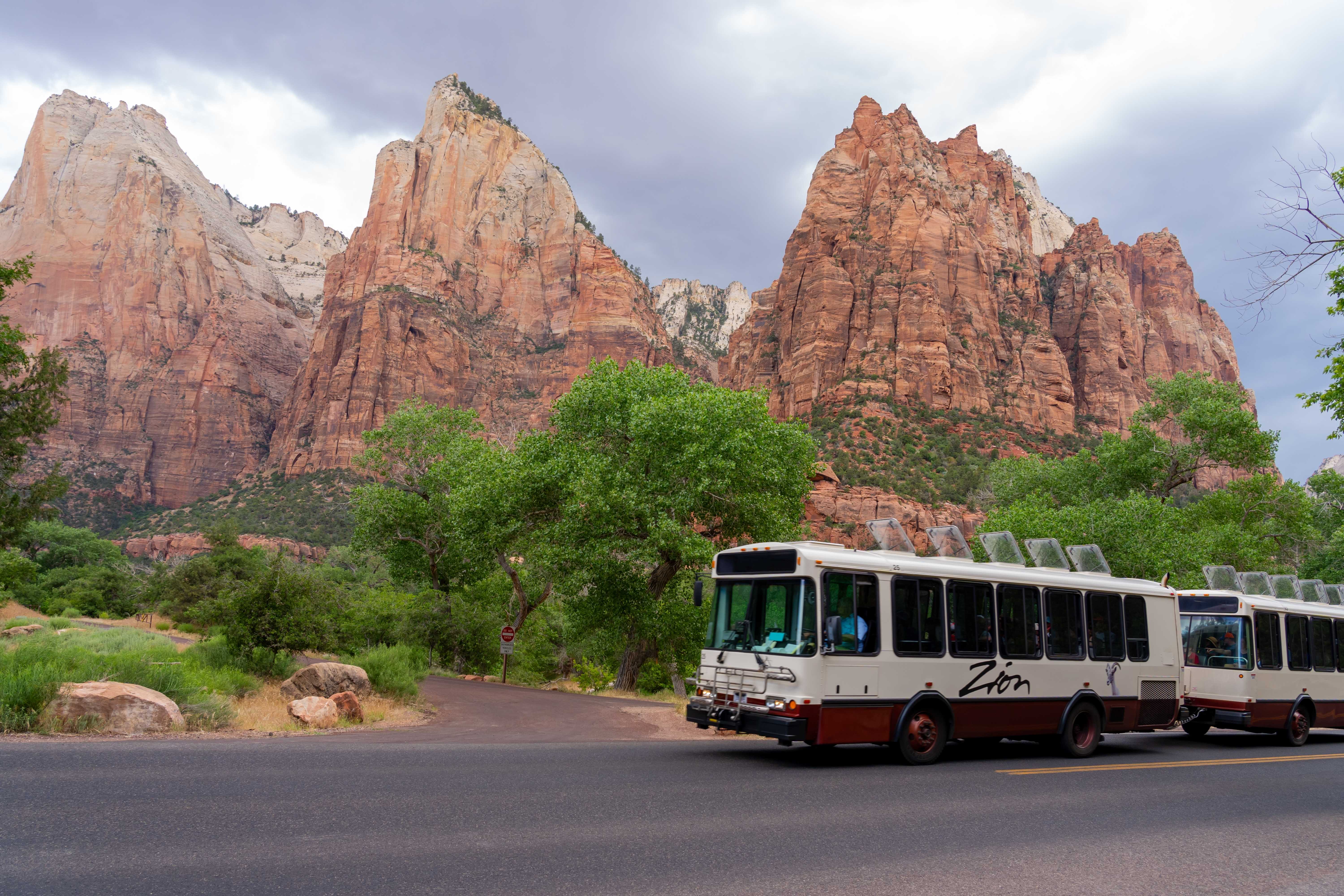
Zion was one of the first parks to say goodbye to private cars in its scenic heart. Rather than expanding the road and parking lots, the National Park Service established a state-of-the-art shuttle bus system of quiet, propane-powered vehicles that carry visitors in and out of the canyon from the visitor center just inside the park (Zion Canyon Line) and also from the adjacent town of Springdale, where most visitors stay (Springdale Line). The road into the canyon is now closed to private cars during much of the year.
What makes Zion’s shuttle system remarkable isn’t just the convenience. Another bus bonus: A narration describes the history and geology of the area and serves as a reminder to keep an eye out for bighorn sheep, eagles, and other wildlife as you explore the park. The buses run with military precision, arriving about every fifteen minutes.
Pro tip: Since the parking lot at Zion Canyon Visitor Center tends to fill up fast, park a mile away in the town of Springdale, where you can hop on the Springdale shuttle, also free, which stops at Zion Canyon Village. This dual-system approach eliminates the biggest headache of park visits: finding a place to leave your car.
Acadia National Park: The Island Explorer Success Story

One of the most successful implementations of a transit service is at Acadia National Park, which began to offer its Island Explorer shuttle in 1999. When the Island Explorer celebrated its 20th anniversary in 2019, it claimed a “reduction of more than 2.9 million vehicles and a mitigation of 41 tons of air pollutants and 27,000 tons of greenhouse gas emissions.”
This 49,000-acre coastal park welcomes 4 million annual visitors, many of whom take advantage of the Island Explorer, which stops at the airport, campgrounds, trailheads, and many popular sites throughout the park. These 17 propane-powered buses operate seven days a week, and they’re free (you still have to pay the park entry fee). Service runs from late June through the middle of October.
The Island Explorer offers something most shuttle systems don’t: flexibility. What’s cool about the Island Explorer is that buses don’t just stop at designated stops. You can flag a bus down or request to get off anywhere; the bus driver will pull over if it’s safe to do so.
Grand Canyon South Rim: America’s Most Established Shuttle Network

The Grand Canyon’s free South Rim Shuttle Service has been in operation for nearly half a century. The Grand Canyon shuttle system is probably the best shuttle system in the entire National Park Service and makes getting around the South Rim of the Grand Canyon a breeze.
The system operates multiple color-coded routes that visitors quickly learn to navigate. The Village (Blue) Route shuttle connects the Visitor Center Plaza with all lodges, campgrounds, the Backcountry Information Center, and Market Plaza (market, outdoor ATM, and post office). Meanwhile, the Kaibab Rim Orange Route provides direct access to popular trailheads.
Shuttle rides are free and unlimited with your entrance fee. We highly recommend taking advantage of this unique service because parking in various areas is limited, particularly during the summer and holiday seasons. The terminal at the visitor center acts as the hub where visitors can catch buses to virtually anywhere on the South Rim.
Glacier National Park: Conquering Going-to-the-Sun Road

Gone are the days when you could rock up to Glacier National Park and cruise through at your leisure. Now, you’ll need a vehicle reservation if you plan on visiting the west side of the park from May through September. But it’s a good thing – at least for the environment. Plus, there’s always the option to park and ride.
With its sheer rock walls and steep drop-offs, the Crown of the Continent’s unforgiving Going-to-the-Sun Road (a bucket list check for road bikers) can be quite the whiteknuckler, so it makes more sense to leave the driving to the experts during peak season. Lower your carbon footprint and take advantage of the park’s free shuttles servicing this 50-mile-long mountainous stretch of road carved into the Northern Rockies.
Daily shuttles operate every 30 minutes from July, when the road usually opens, through Labor Day. There’s also a free hiker/biker-specific shuttle on the weekends in May and June. The express service makes traversing this legendary mountain road both safer and more relaxing.
Yosemite National Park: Valley Floor Without the Hassle
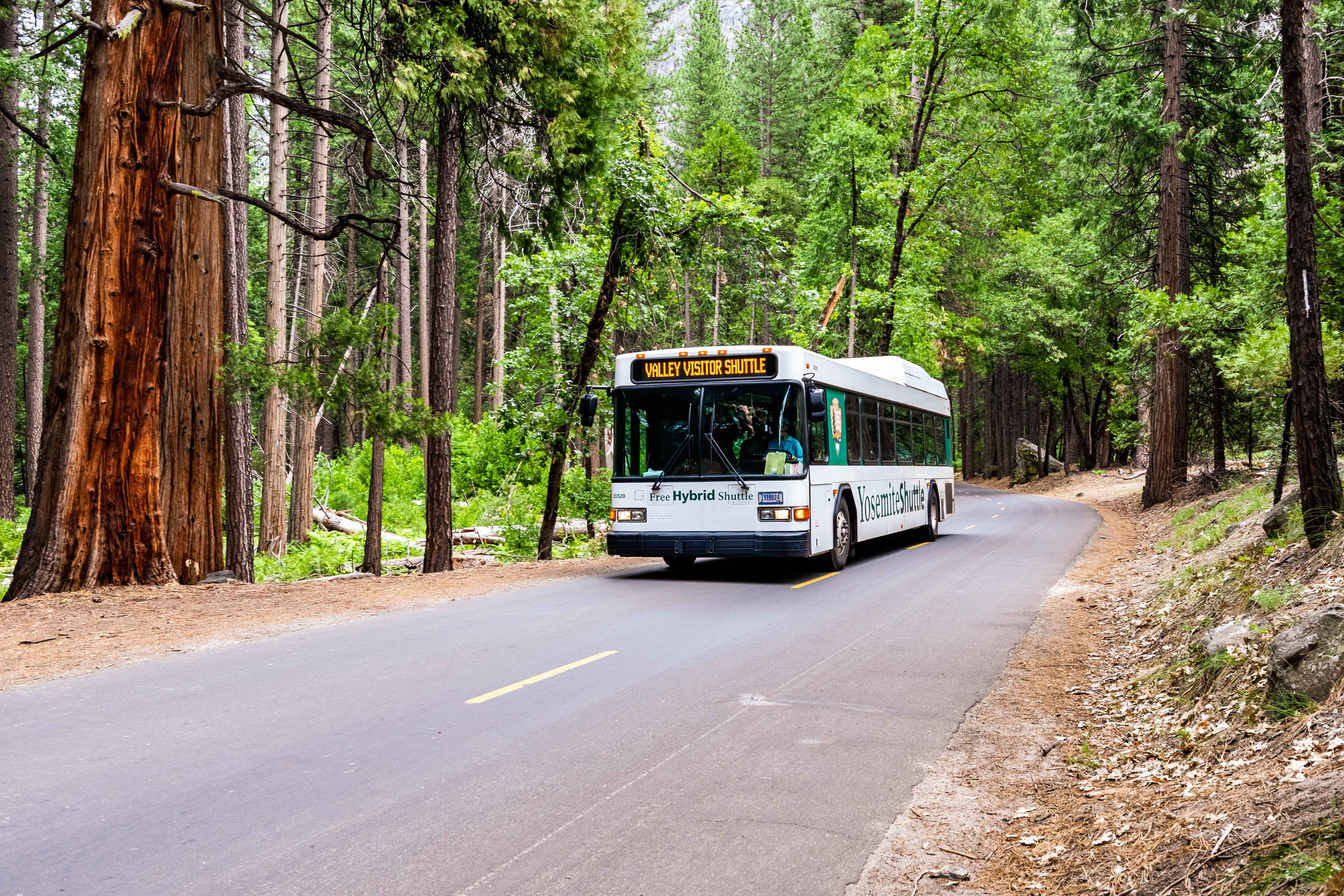
With Amtrak trains and Greyhound buses servicing nearby Merced, you don’t even need a vehicle to visit Yosemite National Park. Once you’re in Merced, simply board a Yosemite Area Regional Transportation System (YARTS) bus headed to Yosemite Valley Visitor Center. The $22 one-way ride takes approximately two hours.
Once inside the park, the magic really begins. In Yosemite Valley, you can connect with the free Yosemite Valleywide Shuttle that services the entire valley, including stops at El Capitan Meadow – where you can camp out with a pair of binocs and watch climbers battle the world-famous monolith – Lower Yosemite Fall, and Mirror Lake.
Valleywide shuttles, which run every 12 to 20 minutes, operate year-round while the Mariposa Grove and Tuolumne Meadows shuttles only operate during the warmer months. This comprehensive system means you can access virtually every iconic spot in Yosemite Valley without ever starting your car engine.
Rocky Mountain National Park: Bear Lake Road Made Easy
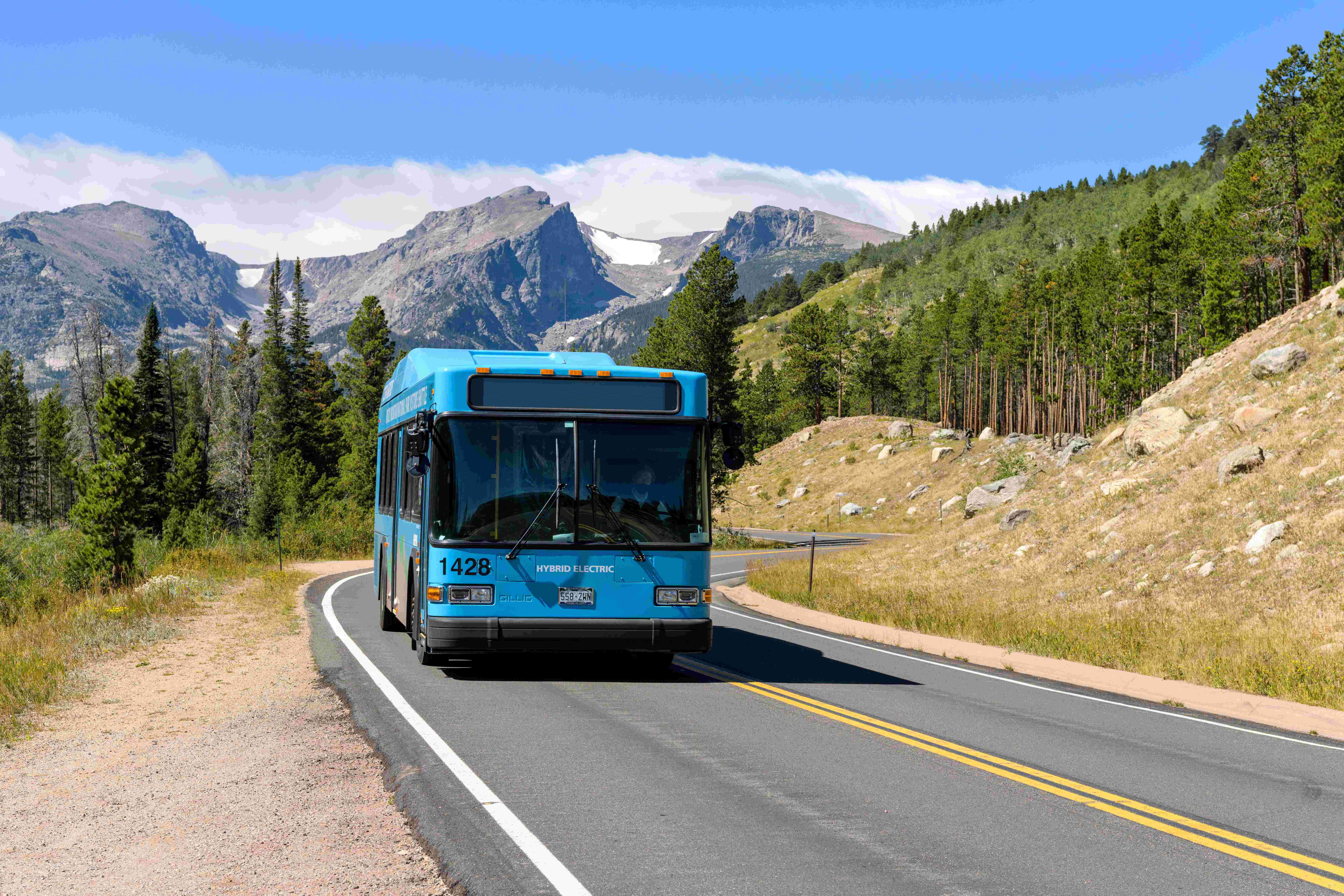
The Rocky Mountain National Park shuttles operate seasonally, typically from late May through mid-October and offer transportation within the park and to and from the Estes Park Visitor Center. The system brilliantly addresses one of the park’s biggest challenges: the incredibly popular Bear Lake Road corridor.
Hop on the Hiker Shuttle for convenient transportation between the Estes Park Visitor Center and Rocky Mountain National Park’s Park & Ride Transit Hub on Bear Lake Road. From the Park & Ride, connect to the Bear Lake or Moraine Park shuttles to explore top destinations like Moraine Park, Sprague Lake, Glacier Gorge, and Bear Lake.
To ride the Hiker Shuttle, tickets are required. All passengers, regardless of age, must have their own ticket. The reservation system, while adding a step, ensures that the shuttle service remains reliable and comfortable for all riders.
Denali National Park: The Ultimate Wilderness Transit

Alaska’s vast Denali National Park and Preserve is more than 6 million acres, larger than some states. To help keep this wilderness wild, a large and diverse shuttle bus system takes visitors deep into the park on its only road, the 92-mile Denali Park Road, which generally parallels the magnificent Alaska Range. Denali has the longest continuously running shuttle system in the NPS, and private cars are not allowed beyond the first 15 miles of the road.
Denali offers something unique: choice in your transportation experience. Visitors can choose between two types of buses and several routes. The green “transit bus” routes are not narrated and travel different distances into the park; these buses are ideal for hikers, and the cost is based on the destination. Tour buses feature narration, travel shorter distances, and are more expensive.
All bus riders can enjoy the park’s varied landscapes, views of 20,310-foot Denali (when not shrouded in the clouds), and world-class wildlife. The extended journey into Alaska’s wilderness becomes part of the adventure itself.
Bryce Canyon National Park: Shuttle Through the Hoodoos
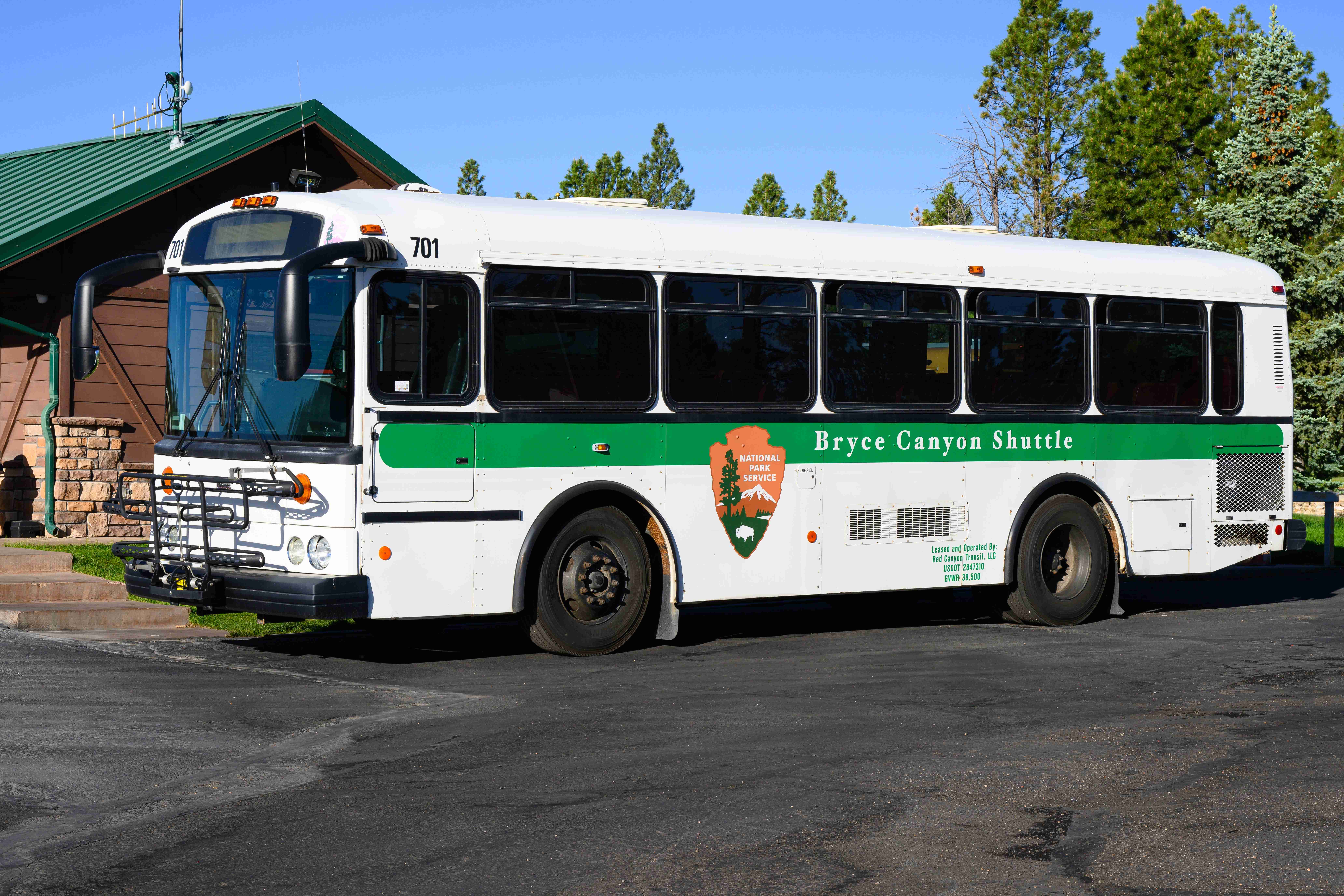
A park shuttle makes point-to-point hikes easy. While Bryce Canyon’s shuttle system operates seasonally, it transforms how visitors experience the park’s famous amphitheater filled with otherworldly rock formations called hoodoos.
The Bryce Canyon shuttle does not run along this road (so you’ll need your own vehicle), which means it’s much less crowded and a great way to spend an afternoon! It’s 15 miles from Bryce Amphitheater to the end of Southern Scenic Drive at Rainbow Point, which is also the highest elevation in the park at 9,000 feet above sea level. The main shuttle serves the busiest areas, keeping crowds manageable at popular viewpoints.
The system particularly shines during peak season when parking at sunrise and sunset viewpoints becomes nearly impossible. Visitors can focus on photography and hiking rather than circling parking lots during the golden hours when Bryce’s red rocks truly glow.
Mount Rainier National Park: Paradise Without Parking Struggles
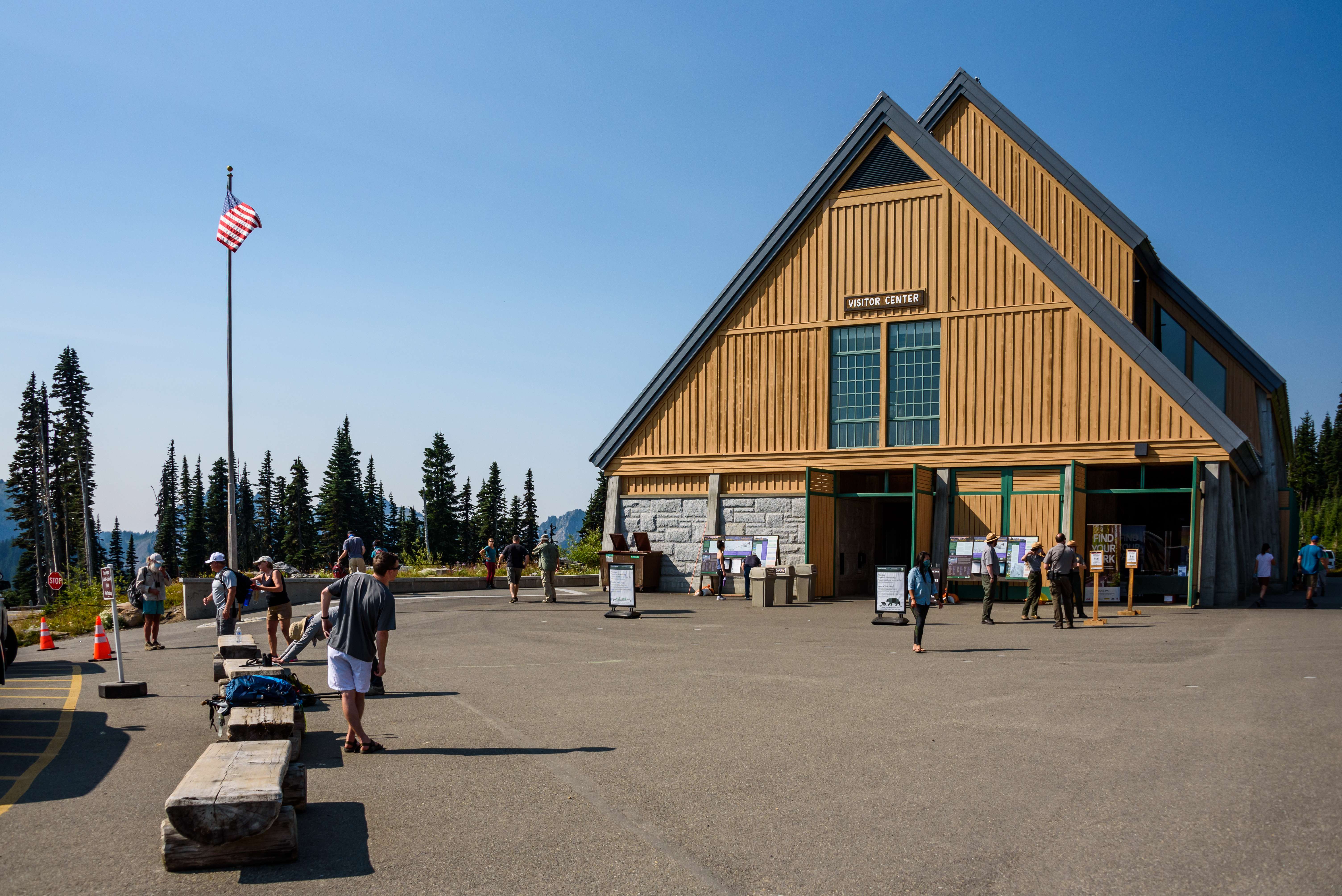
Though not mentioned in the primary search results, Mount Rainier operates seasonal shuttle services that connect visitors to Paradise, one of the most popular destinations in the park. The shuttle system reduces congestion on the narrow mountain roads leading to subalpine meadows filled with wildflowers.
During peak wildflower season, typically July through September, parking at Paradise fills by mid-morning. The shuttle service allows visitors to park at lower elevations and ride up to Paradise Meadows, where hiking trails fan out toward glaciated peaks and alpine lakes.
The service operates on weekends and holidays during the busiest months, providing an alternative to the frustrating experience of driving up the mountain only to find no available parking spaces.
These nine national parks prove that sometimes the best way to get closer to nature is to leave the driving to someone else. The study points out that transit and shuttle options to national parks can expand park access, allowing more visitors to enjoy the health and social benefits to be found there. From Acadia’s flag-down service to Denali’s wilderness transit, each system reflects the unique character and needs of its park.
The revolution in national park transportation continues to evolve. What started as solutions to parking problems has become something much more valuable: a way to make our most treasured places accessible to everyone while preserving them for future generations. Next time you’re planning a park adventure, consider leaving the car keys behind. You might just discover that the journey becomes as memorable as the destination.
